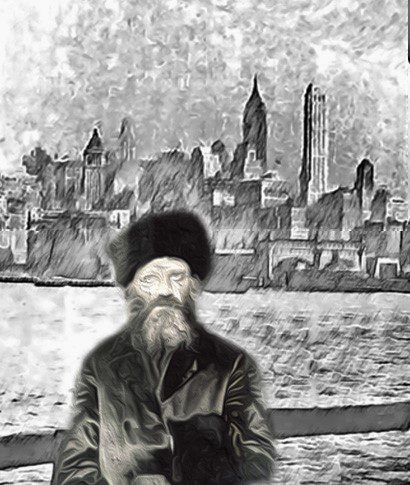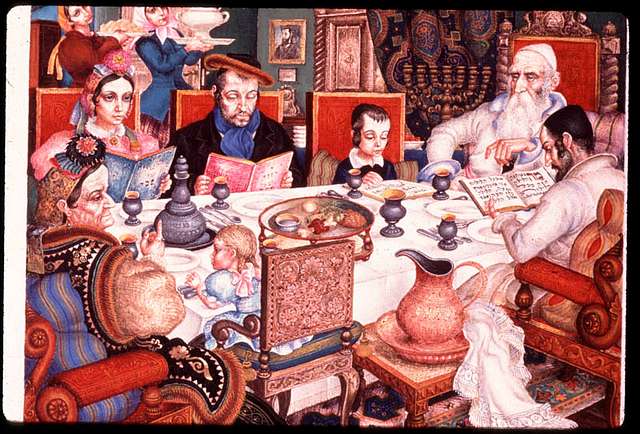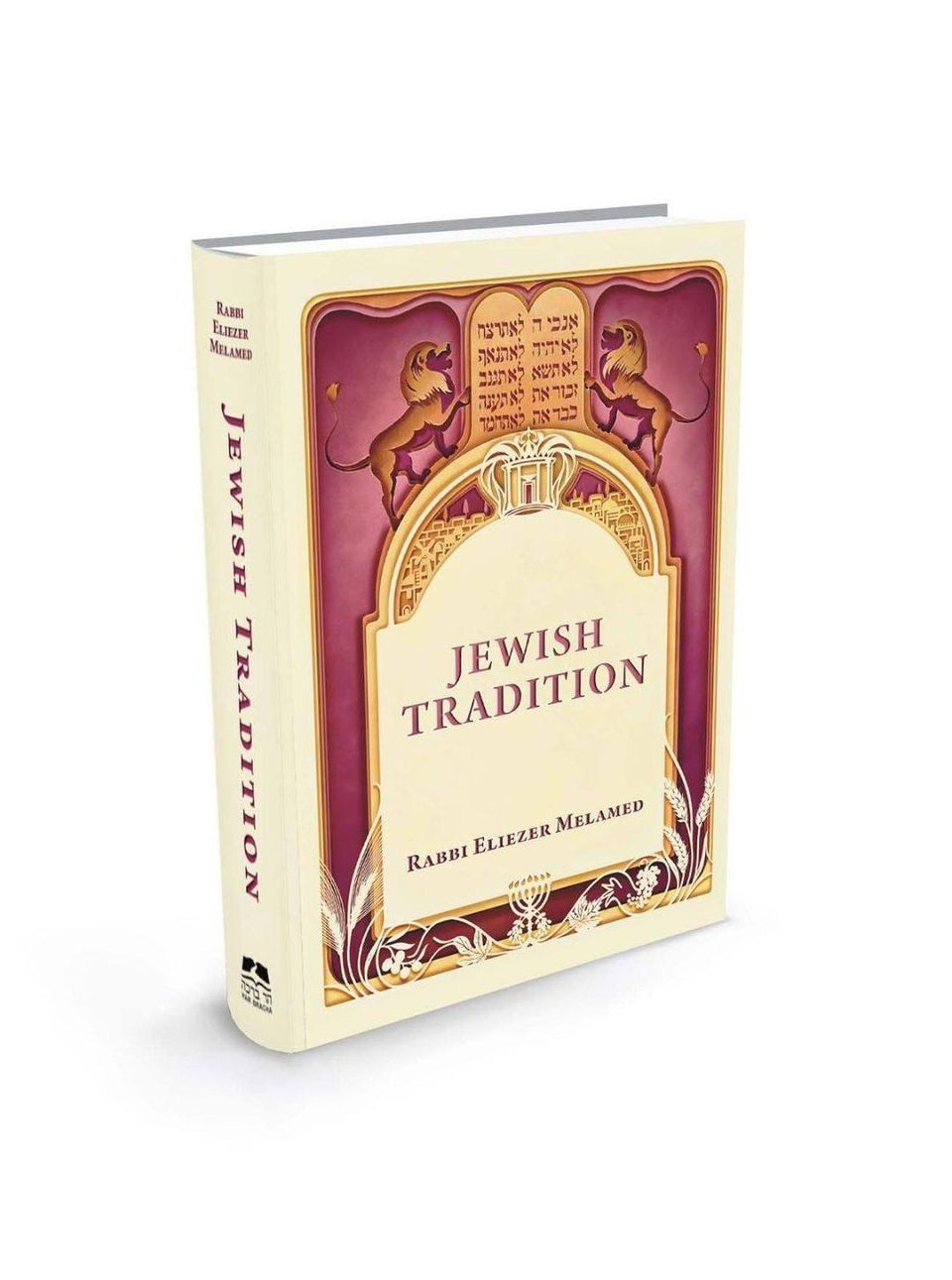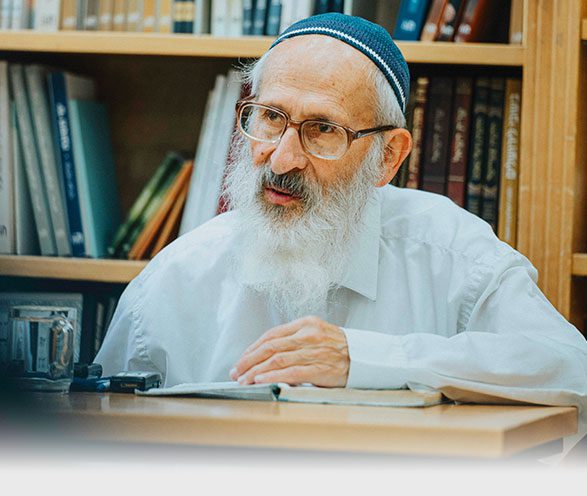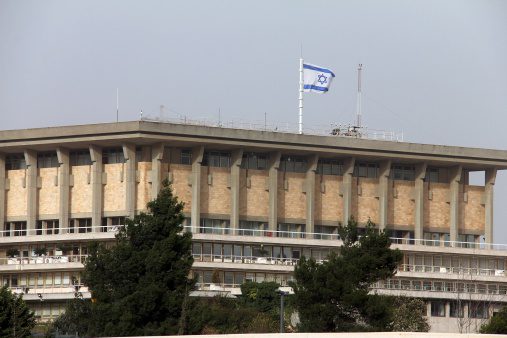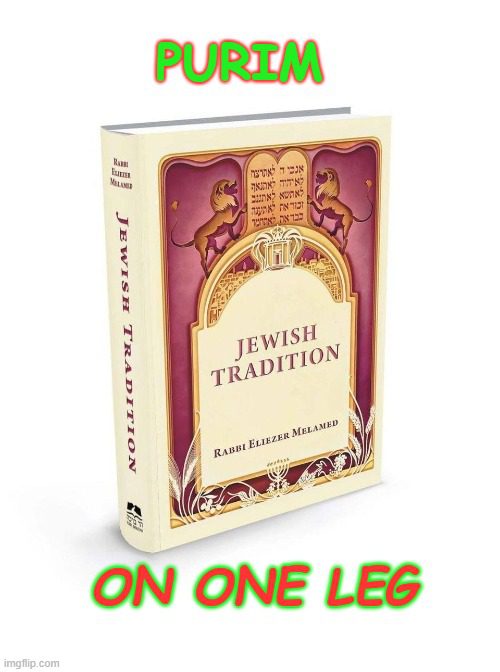From the book “Celebration of the Soul” by Rabbi Zvi Neriyah. Translated by Rabbi Pesach Yaffe.

| Avraham Yitzchak HaCohen Kook was bom on 16 Elul 5625 (1865) in the townlet of Greive, near Dvinsk, Latland. His parents were Rabbi Shlomo Zalman, a pious Talmudic scholar, and Perel Zelata, daughter of Rabbi Rephael, one of the first chassidim of Rabbi Menachem Mendel of Lubavitch, the author of Zemach Zedek. Rabbi Shlomo Zalman served as an emissary for the Volozhin Yeshivah and Etz Chaim Yeshivah in Jerusalem. He imbued his home with love of Torah, meticulous observance of the mitzvot, and love of Eretz Yisrael. He frequently spoke Hebrew on Shabbat, and thus young Avraham Yitzchak absorbed a love for the Holy Land and the Hebrew language.Until age thirteen, Avraham Yitzchak diligently studied Torah in his hometown. After his bar mitzvah in 1878, he studied at several yeshivot over a period of eight years. He studied for two years in Lutzen under rabbis Eliezer Don Yechiyah and Ya’akov Rabinowitz, son of Rabbi Mordechai Gimpel Jaffe. He returned to study at home for three years, and then, in 1883, he set out to study in Samargon, adjacent to Vilna. He was known there as “the |
| prodigy of Greive,” and his reputation reached Rabbi Eliyahu David Rabinowitz-Teomim, the rabbi of Ponevez, who chose the budding scholar for his daughter. Between the engagement and the mar riage, Avraham Yitzchak studied for a year-and-a-half in the famed Volozhin Yeshivah. He was known there as “the prodigy of Ponevez,” after the city of his future father-in-law. At Volozhin, he studied eighteen hours a day.
Throughout his childhood, Avraham Yitzchak frequented the home of Rabbi Reuven HaLevi of Dvinsk, one of the leading scholars of his day and author of the collection of responsa Rosh LeReuveni; he adored the young prodigy and paraded him before other scholars. Rabbi Reuven was a major influence on Rav Kook’s Talmudic method. Under his direction, Avraham Yitzchak learned to concentrate on adducing a practical halachic decision and to eschew dialectics as well as the abstract, analytical reasoning which enjoyed great popularity then among many young scholars. When Rav Kook married at age twenty in Nisan 5646 (1886), he was knowledgeable in all areas of Jewish learning. Influenced by Rabbi Naftali Zvi Yehudah Berlin (the Netziv), Rosh Yeshivah of the Volozhin Yeshivah, who involved himself in contemporary nationalistic issues, Rav Kook began seeking means to imbue the life of the entire nation with sanctity. His literary activity began in Volozhin with several articles about the Netziv, which were published in the monthly Koi Machzikei HaDat and in Kenesset Yisrael. In 1888 Rav Kook launched his own monthly, Iturei Sofrim. The bold objective of the journal, replete with newly coined words and phrases about national unity, renewal, and literature, was to unite Torah and nationalism in this pre-Zionist period, “to build a home for rabbinic literature” and “to unite all of the factions in honor of the nation and its renewal.” The pamphlet gained wide recognition, but, due to organizational ineptitude, it was issued only once more, in 1889. Rav Kook’s dream of publishing a popular newspaper, Shalom LaAm, to disseminate his ideas, never materialized. Between issues of Iturei Sofrim, Rav Kook was appointed rabbi |
| of the village of Zoimel, in Lithuania. He served there from 1888 to 1895. In 1891, he anonymously published a small work entitled Chavash Pe’er, which discussed the precept of donning tefillin and their proper position on the head. He also traveled near and far as an itinerant preacher, fervently admonishing the communities he visited to recognize the importance of the mitzvah of tefillin.
In 1890, the rabbinate of Boisk was vacated by Rabbi Mordechai Eliashberg, one of the first ideologues of religious Zion׳ ism. Rav Kook accepted an invitation to fill the post in 1895. His nationalistic leanings began to take root in Boisk as political Zionism and its federations were established. In a lengthy essay, Teudat Yisrael U’Leumiuto (HaPeles, 5661 [1901]), he discussed with depth and originality the Torah outlook regarding the essence and ob׳ jectives of Jewish nationalism. “Nationalism,” he wrote, “is the foundation of Judaism.” He pointed out the absurdity of excluding religion from the reconstruction and renewal of Eretz Yisrael. In Boisk, he also wrote on theological subjects and began a commen׳ tary on the aggadah in the Talmud, posthumously published as Ein Ayah. In 1902, Rabbi Naftali Hertz HaLevi, rabbi of Jaffa, passed away. Rav Kook was invited to fill the vacancy. Jaffa was then a small city and the Ashkenazic community smaller still, but he gladly accepted the post. He arrived in Jaffa in the summer of 1904. As rabbi of Jaffa and the surrounding settlements, he sought immediately to eliminate the divisions between the religious and secular camps. While other rabbis ignored the irreligious pioneers, Rav Kook sought to draw them near to Torah and encouraged their efforts to build the Land. He turned to them through open letters, conversations, and personal visits to the settlements. He believed that such actions would hasten the 10ng׳awaited redemption. The first chapters of Orot HaTeshuvah, in which he ex׳ pounded his teachings on repentance, appeared in 1905. In 1906 Rav Kook renewed his efforts to issue a monthly, this time entitled HaNir. But it, too, was shortlived. During that time, he also pub |
| lished the short work Ikvei HaTzon, in which he expressed the sorrows of the generation and its spiritual hardships.
Interested in the economic growth of the country, Rav Kook urged several organizations in the Diaspora to purchase land in Eretz Yisrael and assisted them in their endeavors. In 1907 he wrote a halachic work on the etrog, Etz Hadar, in which he clarified the superiority of the ungrafted etrog grown in Eretz Yisrael and hoped thereby to fortify the lagging agricultural sector. The Sabbatical year arrived in 1910. A fierce halachic controversy arose over the legitimacy of selling the land in order to engage in agriculture. That year Rav Kook published Shabbat HaAretz, a detailed dis- cussion of the laws of shemittah, in which he ruled that certain types of agriculture are permitted under certain conditions after the land has been sold to Gentiles for a designated period. In 1914, Rav Kook accepted an invitation to the interna- tional Agudat Yisrael convention in Berlin. But World War I broke out shortly after his arrival in Germany. The convention was canceled and Rav Kook sought refuge in neutral Switzerland. For two years, he resided in St. Gallen. In 1916 he became rabbi of the Machzikei HaDat congregation in London. The latter years in Jaffa, and more so Rav Kook’s prolonged stay in Switzerland, were quite productive. The literary works from this period are perhaps the most creative of his middle years. The bulk of the literary output — intuitive flashes and deeply personal visions — was recorded, diary-like, in several notebooks. These writings cover a wide range of topics: the individual and the col- lective, the Jewish people and the nations, good and evil, and the universe and God. Portions of these writings were later edited by his son, Rabbi Zvi Yehudah Kook, and published in Orot in 1920; the majority were collected and edited by Rabbi David Cohen in Orot HaKodesh. Shortly after Rav Kook’s arrival in London, the political ac tivity which culminated in the Balfour Declaration began. He saw the British declaration of a “Jewish national home” as “the beginning of the redemption,” which would transform the nation’s life. |
| He founded “The Banner of Jerusalem,” an organization dedicated to uniting the religious and secular factions in order to further the spiritual and political ideals of the nation. He traveled to many English towns and corresponded with European and American Jews in an effort to convince them to join his party. This, too, was a short-lived venture, and, by 1921, “The Banner” had virtually disappeared.
Late in the summer of 1919, Rav Kook left London to serve as the rabbi of Jerusalem. His activities in Jerusalem were motivated by the objectives he had laid out for “The Banner of Jerusalem.” One was to establish a Chief Rabbinate for all of Eretz Yisrael. He was optimistic that leading scholars would eventually support the idea and that the Chief Rabbinate of Eretz Yisrael would be rec- ognized as the central rabbinic authority by all of Jewry. He de- voted much time and energy to its establishment, ignoring the fierce opposition of those who refused to recognize any official rabbinate involved with Zionism. In the summer of 1921, rabbis from all over Eretz Yisrael convened in Jerusalem to found the Chief Rabbinate headed by Rav Kook and Rabbi Ya’akov Meir, the first Sephardic Chief Rabbi. The second objective Rav Kook strove to realize was the founding of a universal yeshivah that would serve as an institute of higher Jewish learning. The aim of the yeshivah was twofold, to educate leading scholars in traditional Jewish studies, and to coun teract the rampant non-traditional approaches to Talmud and Bible study through intensive research in these fields. He also believed that the revival of religious Jewish literature was necessary to infuse holiness into the nation. In 1935, Rav Kook took ill with cancer. He struggled for several months, then succumbed on 3 Elul 5695 (1935), sixteen years to the day after his arrival in Jerusalem to serve as rabbi of the Holy City. |

